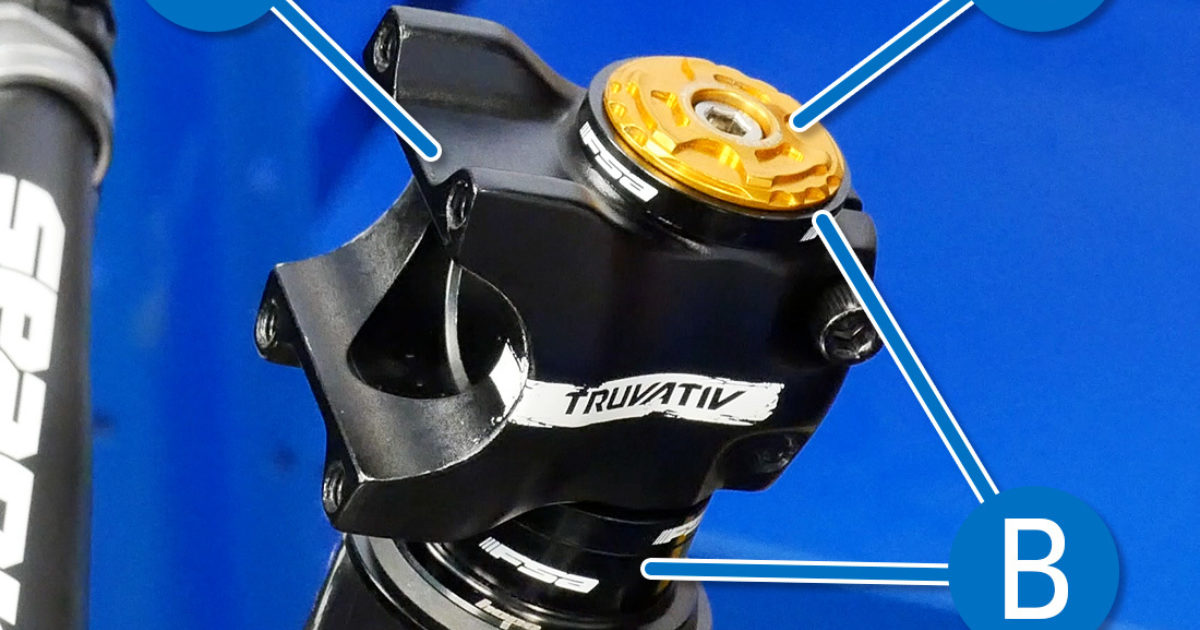Chrisk7
Member
I've been looking all over the place trying to find an adjustable 35mm bar stem to raise the bars on my bike to a more comfortable level for me but I can't seem to find any in the states.
I think the bars are 35mm but I'm unsure of the head tube diameter that I need. The only ones I've found seem to be for 31mm bars and something like 28mm forktube diam. I'm new to all this so I hope I'm making some sort of sense.
Basically what can I do to get the bars up a little bit more and has anyone done this with the Orbea Wild FS 20?
My bike is a 21 model year if that helps.
Thanks for any insight or links to products.
I think the bars are 35mm but I'm unsure of the head tube diameter that I need. The only ones I've found seem to be for 31mm bars and something like 28mm forktube diam. I'm new to all this so I hope I'm making some sort of sense.
Basically what can I do to get the bars up a little bit more and has anyone done this with the Orbea Wild FS 20?
My bike is a 21 model year if that helps.
Thanks for any insight or links to products.


